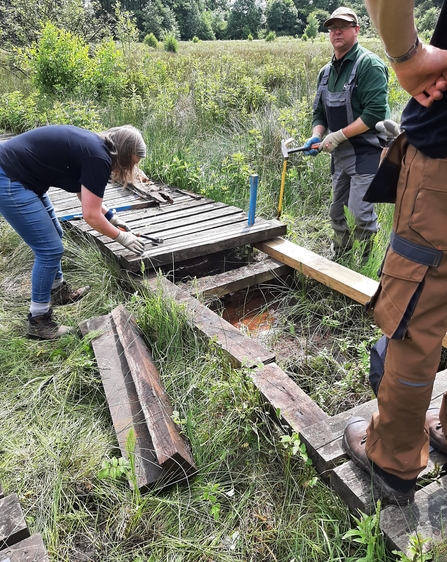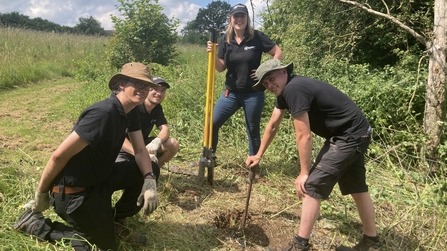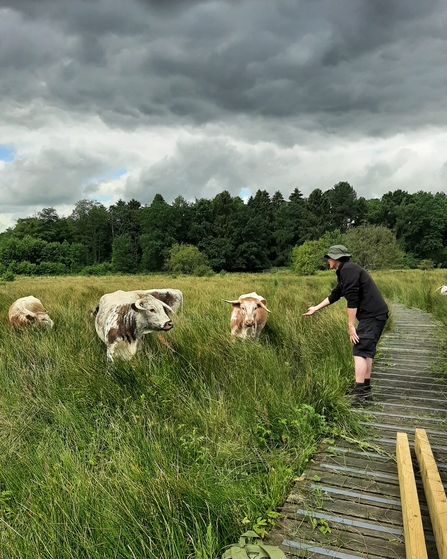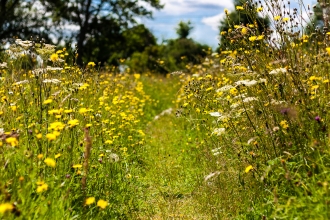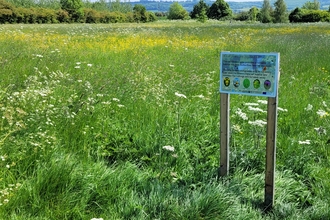Hi, I’m Derren, one of the latest batch of conservation trainees here at Worcestershire Wildlife Trust. I’ve always had an abiding love for the outdoors, spending what feels like large chunks of my school summer holidays at a local pond, entranced by the newts, frogs and dragonflies. This led to me choosing to study an environmental degree, with the hope to do my bit for wildlife. After graduating, I spent four years in various voluntary roles, trying to break through into the world of conservation but there were a lot less paid jobs back then and eventually the pressures of my overdraft led me to seek employment elsewhere. I had done some IT work in one of my volunteer positions, so I somehow wandered into the world of computers and spent 25 years as a computer programmer.
Despite spending most of my days behind a desk, I still spent a lot of my spare time out in nature. Eager for a change, I eventually decided it was a “now or never” moment if I was to get back to my original passion. I took the leap of faith, left my job and started to look for ways to refresh my previous experience. Fortuitously, I came upon the advert for the conservation trainee programme. Reading previous trainees' blogs made me think I’d have a chance and here I am!
I’m now three months into the traineeship and I’m pleased to say it has been all I hoped for and more. Everyone at the Trust has been hugely welcoming and supportive and with the help of Andy, our team leader, and the existing trainees, I soon felt like part of the team.


